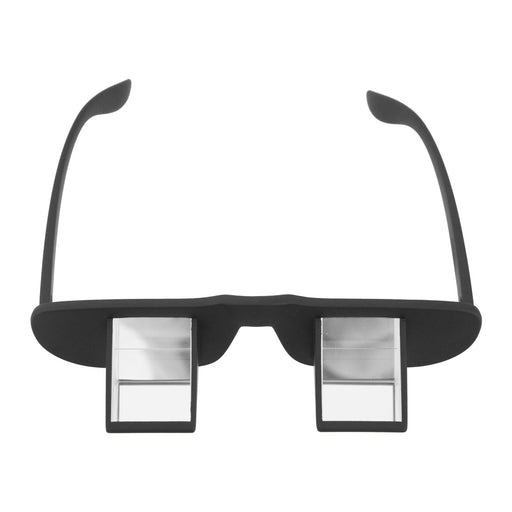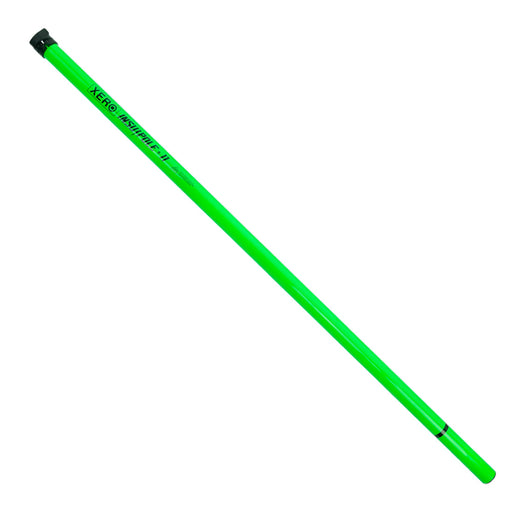When working near electrical hazards, safety isn’t optional—it’s essential. This guide outlines crucial steps to protect yourself and your team, covering jobsite evaluations, personal protective equipment (PPE), equipment selection, and safe working distances.
You’ll learn how to identify electrical hazards, choose the right gear, and establish safe zones to minimize risks. By following these best practices, you’ll not only comply with safety standards but also help prevent potentially life-threatening accidents. Dive into the details below to ensure every jobsite is a safe site. Then, take our short quiz to ensure you absorbed all the key takeaways.









